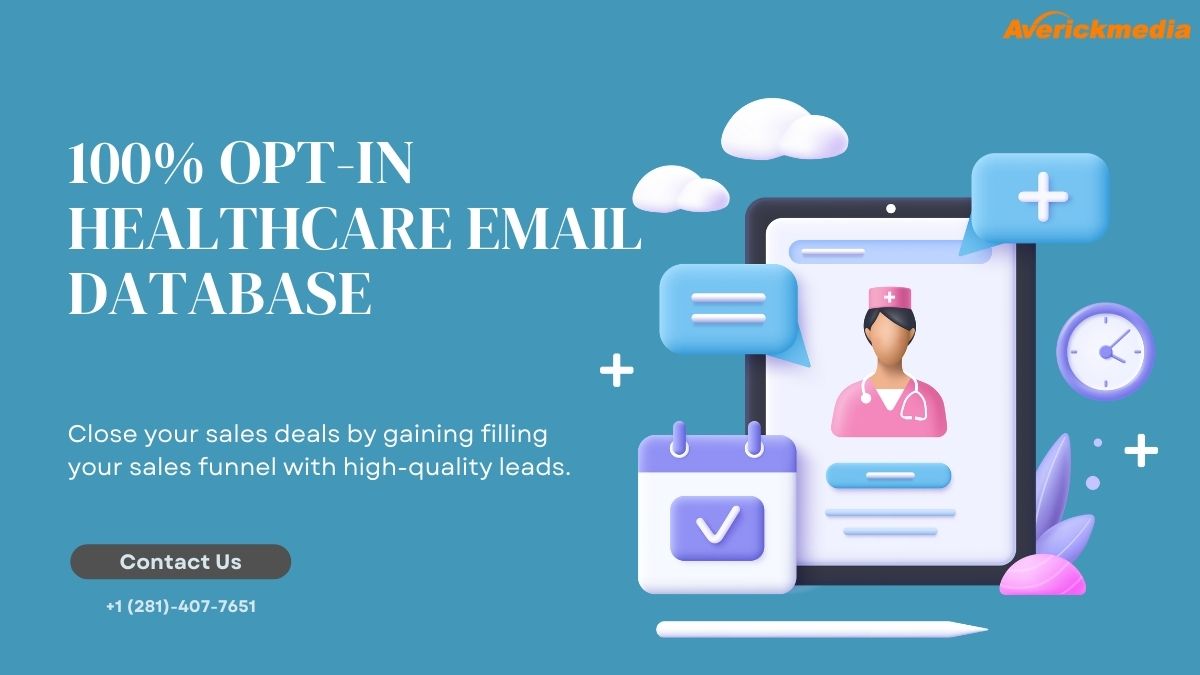A commercial roof is a major structural component of any business premises. It serves as a protective shield against harsh weather, supports key infrastructure like HVAC systems, and plays a vital role in maintaining internal temperature and energy efficiency. Yet, despite its importance, commercial roofing in Northampton is often overlooked when it comes to routine maintenance. One of the most critical steps in maintaining a commercial roof is scheduling regular inspections. But how often should a commercial roof be inspected? At Roofer Northampton, we recommend a structured and consistent inspection schedule to avoid costly surprises and ensure long-term durability.
The Importance of Regular Roof Inspections
Commercial roofs endure more strain than residential ones. This is due to their larger surface area, exposure to external mechanical equipment, and the pressure of weather fluctuations over time. Unlike sloped roofs on houses, most commercial roofs are flat or low-slope, which makes them particularly susceptible to water pooling, membrane wear, and wind damage. Regular inspections allow early identification of minor faults that can escalate into serious issues if left unchecked. An undetected puncture or clogged drain can lead to extensive internal water damage, insulation failure, and even the compromise of electrical systems within the building.
Inspections not only prevent damage but also ensure the roof continues to meet safety and legal standards. In some cases, failing to maintain your commercial roof properly can void insurance coverage or warranties provided by manufacturers. Proving that the roof has been regularly checked and maintained is often necessary to process a claim or warranty issue.
Standard Inspection Frequency for Commercial Roofs
The widely accepted industry recommendation for commercial roof inspections is twice a year. Ideally, these checks should be scheduled during the spring and autumn seasons. A spring inspection helps assess any damage that may have occurred during winter months, including issues caused by ice expansion, frost penetration, or heavy rainfall. Similarly, an autumn inspection ensures the roof is prepared to endure colder months ahead, which are typically accompanied by storms, snow, and freezing conditions.
These biannual inspections act as bookends around the harsher seasons, providing an opportunity to catch and correct issues before they evolve into serious structural problems. When done consistently, they extend the roof’s lifespan and allow businesses to plan and budget for maintenance work rather than react to sudden and costly failures.
The Role of Weather in Inspection Scheduling
While twice a year is the baseline recommendation, extreme weather conditions can necessitate additional checks. If your property experiences severe wind, hail, snow, or prolonged rain, it’s wise to have the roof examined shortly after the event. Even if no internal damage is visible, surface damage to the roofing membrane or components like flashing may have occurred. Early intervention ensures minor weather-related damage doesn’t result in leaks or structural compromise.
Weather also impacts roof performance over time. In areas like Northampton, where weather patterns can be unpredictable, roofs are exposed to a wide range of conditions—from intense sun to freezing temperatures. These fluctuations cause materials to expand and contract, which can lead to cracks, punctures, and sealant failures. By aligning inspections with seasonal shifts and weather anomalies, property owners can safeguard their building’s structural health.
Roof Type and Usage Considerations
The frequency of inspections also depends on the type of roofing system in place and how it is used. For example, roofs made from EPDM, TPO, or PVC each have different lifespans and maintenance needs. A metal roof may resist UV damage better than a rubber one, but could still suffer from loose fasteners or corrosion. Understanding your roof’s material will help determine whether additional checks are warranted.
Similarly, if your roof is frequently accessed by contractors or contains heavy mechanical installations like air conditioning units or solar panels, it may be more prone to wear. Each visit by maintenance teams or installation crews increases the risk of accidental damage to the roof surface. In these scenarios, quarterly inspections may be advisable to ensure any wear caused by foot traffic or tools is addressed swiftly.
Inspections After Construction or Renovation Works
Construction work near or on the roof is another key trigger for an inspection. When new systems are installed, or structural changes take place, there is always a chance the roofing system has been impacted. Debris, tools, or shifting equipment can result in punctures or hidden tears. Even slight damage can lead to long-term water penetration, which is often not discovered until the interior begins to show visible symptoms. Post-construction inspections help catch and resolve these issues before they result in financial and structural consequences.
What Happens During a Professional Roof Inspection?
A thorough inspection involves a comprehensive review of all accessible areas of the roofing system. At Roofer Northampton, our trained technicians start with a visual surface assessment, checking for signs of wear, ponding water, cracks, or bubbling in membranes. We examine the integrity of seams, joints, and perimeter flashing, paying close attention to areas where different materials meet or where equipment is mounted. Internal checks may also be conducted to identify hidden leaks, insulation saturation, or mould growth in ceiling spaces.
Advanced inspections may involve thermal imaging or moisture scanning, especially if hidden damage is suspected. We document findings, provide photographic evidence, and issue a written report that outlines the roof’s condition, any urgent repair requirements, and estimated costs. This process not only informs building owners of their current roofing status but also helps in future planning and budgeting for repairs or replacement.
Cost Benefits of Regular Commercial Roof Inspections
One of the most persuasive reasons to invest in regular roof inspections is the long-term cost saving. Emergency repairs tend to be far more expensive than proactive maintenance. Catching a membrane tear or failing drainage system early can mean the difference between a small patch repair and full roof replacement. Unchecked leaks can lead to saturated insulation, rotting decking, or internal water damage that disrupts daily business operations and incurs high repair bills.
A well-maintained commercial roof also enhances energy efficiency. Faulty or damaged roofs allow air to escape or external moisture to infiltrate, making heating and cooling systems work harder. This not only increases your energy bills but puts pressure on your building’s environmental controls. Maintaining a tightly sealed and well-insulated roof is essential for maintaining internal climate and reducing operational costs.
Documentation and Insurance Requirements
Many insurance policies and manufacturer warranties stipulate that a roof must be inspected at specific intervals. Failure to meet these terms could invalidate a claim if damage occurs. For example, if a leak causes extensive internal damage and the insurer requests maintenance records that cannot be produced, compensation may be denied. Regular inspections provide a paper trail that confirms you’ve met your obligations. At Roofer Northampton, we ensure every inspection is fully documented with date-stamped reports, photos, and repair recommendations that you can submit to insurers or property managers.
Warning Signs That Warrant Immediate Inspection
Even if your last inspection was recent, certain signs should prompt immediate professional attention. If you notice water stains on ceilings, peeling paint on internal walls, or sudden spikes in heating or cooling costs, these could be early indicators of roof problems. Musty smells, mould, or damp patches often point to hidden leaks that need addressing. On the external side, any signs of sagging, debris accumulation, or visible cracks should not be ignored. Acting quickly can prevent extensive damage that might otherwise require structural repairs or health hazard mitigation.
Partnering with a Reliable Roofing Contractor
Choosing the right contractor for inspections and maintenance is just as important as the inspection itself. At Roofer Northampton, we pride ourselves on delivering reliable, transparent, and expert roofing services tailored to each property’s unique requirements. Our experienced team understands the challenges of commercial roofing in the UK climate and uses modern techniques and tools to assess and maintain your roof with minimal disruption to your operations.
We also provide tailored inspection schedules for our clients based on roof type, usage, age, and warranty conditions. Whether your business operates from a retail unit, warehouse, school, or office block, we can create a plan that ensures your roofing system remains safe, compliant, and efficient year-round.
Final Thoughts
A commercial roof is a long-term investment that deserves regular attention. While twice-yearly inspections are the standard recommendation, the actual frequency should be tailored based on roof type, usage, weather exposure, and recent activity. Regular checks are not just about compliance—they are about safeguarding your business, reducing costs, and avoiding preventable damage. Skipping inspections might save a few pounds in the short term, but the long-term financial and operational consequences can be substantial.
At Roofer Northampton, we are committed to helping businesses across the region protect their properties with proactive roof maintenance. If it’s been more than six months since your last inspection, or if your building has recently weathered a storm or undergone rooftop work, get in touch with our team today.




